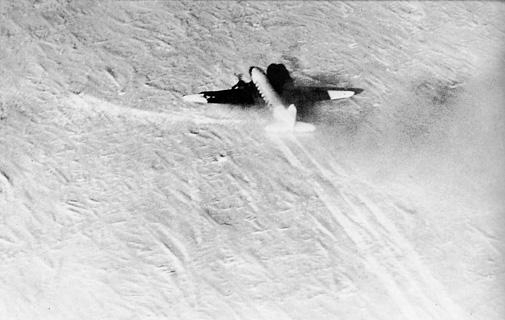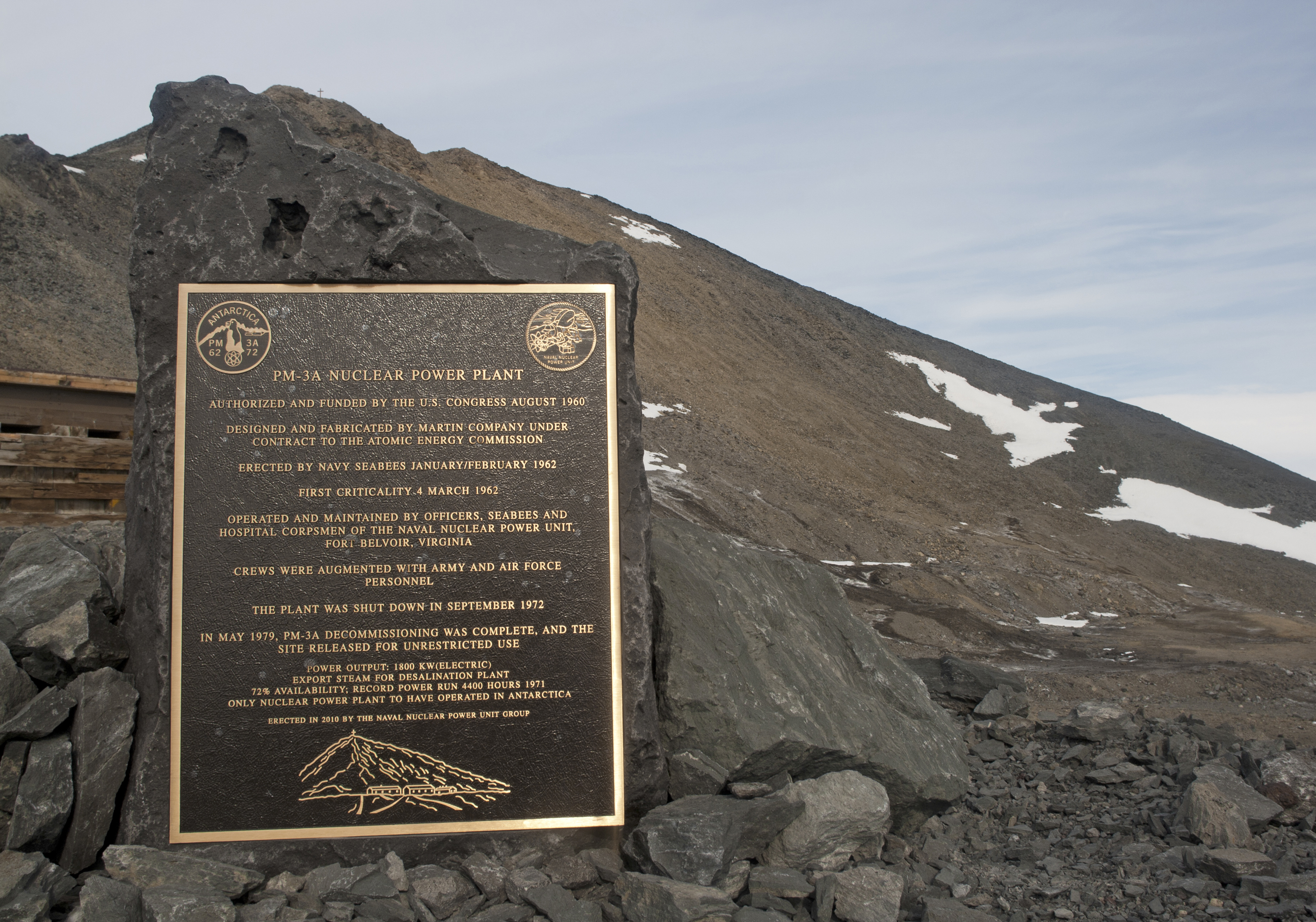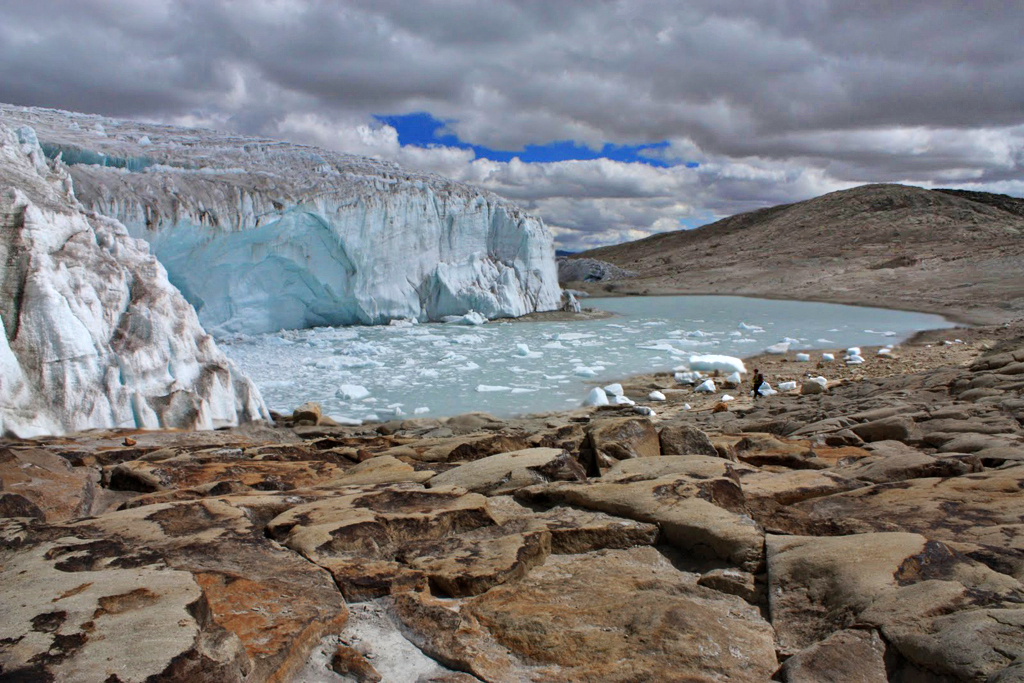|
Decker Glacier
Decker Glacier () is a steep, narrow glacier that drains the northeast slopes of Mount Newall in the Asgard Range, Victoria Land. It was named by the Advisory Committee on Antarctic Names for Chief Aviation Machinist's Mate William D. Decker, U.S. Navy, of Squadron VXE-6, who died at McMurdo Station on October 11, 1971. See also * List of glaciers in the Antarctic * Glaciology Glaciology (; ) is the scientific study of glaciers, or more generally ice and natural phenomena that involve ice. Glaciology is an interdisciplinary Earth science that integrates geophysics, geology, physical geography, geomorphology, climato ... References Glaciers of the Asgard Range Glaciers of McMurdo Dry Valleys {{McMurdoDryValleys-glacier-stub ... [...More Info...] [...Related Items...] OR: [Wikipedia] [Google] [Baidu] |
Antarctica
Antarctica () is Earth's southernmost and least-populated continent. Situated almost entirely south of the Antarctic Circle and surrounded by the Southern Ocean, it contains the geographic South Pole. Antarctica is the fifth-largest continent, being about 40% larger than Europe, and has an area of . Most of Antarctica is covered by the Antarctic ice sheet, with an average thickness of . Antarctica is, on average, the coldest, driest, and windiest of the continents, and it has the highest average elevation. It is mainly a polar desert, with annual precipitation of over along the coast and far less inland. About 70% of the world's freshwater reserves are frozen in Antarctica, which, if melted, would raise global sea levels by almost . Antarctica holds the record for the lowest measured temperature on Earth, . The coastal regions can reach temperatures over in summer. Native species of animals include mites, nematodes, penguins, seals and tardigrades. Where vegetation o ... [...More Info...] [...Related Items...] OR: [Wikipedia] [Google] [Baidu] |
Victoria Land
Victoria Land is a region in eastern Antarctica which fronts the western side of the Ross Sea and the Ross Ice Shelf, extending southward from about 70°30'S to 78°00'S, and westward from the Ross Sea to the edge of the Antarctic Plateau. It was discovered by Captain James Clark Ross in January 1841 and named after Queen Victoria. The rocky promontory of Minna Bluff is often regarded as the southernmost point of Victoria Land, and separates the Scott Coast to the north from the Hillary Coast of the Ross Dependency to the south. The region includes ranges of the Transantarctic Mountains and the McMurdo Dry Valleys (the highest point being Mount Abbott in the Northern Foothills), and the flatlands known as the Labyrinth. The Mount Melbourne is an active volcano in Victoria Land. Early explorers of Victoria Land include James Clark Ross and Douglas Mawson. In 1979, scientists discovered a group of 309 meteorites in Antarctica, some of which were found near the Allan Hills in ... [...More Info...] [...Related Items...] OR: [Wikipedia] [Google] [Baidu] |
Asgard Range
The Asgard Range is a mountain range in Victoria Land, Antarctica. It divides Wright Valley from Taylor Glacier and Taylor Valley, and was named by the Victoria University of Wellington Antarctic Expedition (1958–59) after Asgard, the home of the Norse gods. Geography The Asgard Range contains numerous named features such as peaks, valleys, and glaciers, and even some sub-ranges. Many are named after Norse gods and mythological figures, in keeping with the name of the range itself. Mountains * Ball Peak * Mount Beowulf * Bromley Peak * Brunhilde Peak * Mount Carnes * Mount Darby * Mount Feola * Mount Freya * Mount Holm-Hansen * Mount Grendal * Mount Hall * Harp Hill * Harris Peak * Hetha Peak * Hind Turret * Hoehn Peak * Hoffman Peak * Idun Peak * Mount Irvine * Mount Jord * Mount Knox * Mount Loke * Lyons Cone * Matterhorn * Mattox Bastion * Mount Newall * Obelisk Mountain * Mount Odin * Oliver Peak * Panorama Peak * Perk Summit * Ponder Peak * Mount ... [...More Info...] [...Related Items...] OR: [Wikipedia] [Google] [Baidu] |
Glacier
A glacier (; ) is a persistent body of dense ice that is constantly moving under its own weight. A glacier forms where the accumulation of snow exceeds its Ablation#Glaciology, ablation over many years, often Century, centuries. It acquires distinguishing features, such as Crevasse, crevasses and Serac, seracs, as it slowly flows and deforms under stresses induced by its weight. As it moves, it abrades rock and debris from its substrate to create landforms such as cirques, moraines, or fjords. Although a glacier may flow into a body of water, it forms only on land and is distinct from the much thinner sea ice and lake ice that form on the surface of bodies of water. On Earth, 99% of glacial ice is contained within vast ice sheets (also known as "continental glaciers") in the polar regions, but glaciers may be found in mountain ranges on every continent other than the Australian mainland, including Oceania's high-latitude oceanic island countries such as New Zealand. Between lati ... [...More Info...] [...Related Items...] OR: [Wikipedia] [Google] [Baidu] |
Mount Newall
Mount Newall () is a peak, 1,920 m, the northeast extremity of Asgard Range, in Victoria Land. Discovered by the Discovery expedition (1901–04) and named for one of the men who helped raise funds to send a relief ship for the expedition. Nichols Ridge descends from it down to the Wright Lower Glacier at the east end of Wright Valley The Wright Valley, named for Sir Charles Wright, is the central one of the three large Dry Valleys in the Transantarctic Mountains, located west of McMurdo Sound at approximately . Wright Valley contains the Onyx River, the longest river in Ant .... Gallagher Ridge trends northeast toward Wright Valley. Mountains of the Asgard Range McMurdo Dry Valleys {{McMurdoDryValleys-geo-stub ... [...More Info...] [...Related Items...] OR: [Wikipedia] [Google] [Baidu] |
Advisory Committee On Antarctic Names
The Advisory Committee on Antarctic Names (ACAN or US-ACAN) is an advisory committee of the United States Board on Geographic Names responsible for recommending commemorative names for features in Antarctica. History The committee was established in 1943 as the Special Committee on Antarctic Names (SCAN). It became the Advisory Committee on Antarctic Names in 1947. Fred G. Alberts was Secretary of the Committee from 1949 to 1980. By 1959, a structured nomenclature was reached, allowing for further exploration, structured mapping of the region and a unique naming system. A 1990 ACAN gazeeter of Antarctica listed 16,000 names. Description The United States does not recognise territorial boundaries within Antarctica, so ACAN assigns names to features anywhere within the continent, in consultation with other national nomenclature bodies where appropriate, as defined by the Antarctic Treaty System. The research and staff support for the ACAN is provided by the United States Geologi ... [...More Info...] [...Related Items...] OR: [Wikipedia] [Google] [Baidu] |
William D
William is a male given name of Germanic origin.Hanks, Hardcastle and Hodges, ''Oxford Dictionary of First Names'', Oxford University Press, 2nd edition, , p. 276. It became very popular in the English language after the Norman conquest of England in 1066,All Things William"Meaning & Origin of the Name"/ref> and remained so throughout the Middle Ages and into the modern era. It is sometimes abbreviated "Wm." Shortened familiar versions in English include Will, Wills, Willy, Willie, Bill, and Billy. A common Irish form is Liam. Scottish diminutives include Wull, Willie or Wullie (as in Oor Wullie or the play ''Douglas''). Female forms are Willa, Willemina, Wilma and Wilhelmina. Etymology William is related to the given name ''Wilhelm'' (cf. Proto-Germanic ᚹᛁᛚᛃᚨᚺᛖᛚᛗᚨᛉ, ''*Wiljahelmaz'' > German ''Wilhelm'' and Old Norse ᚢᛁᛚᛋᛅᚼᛅᛚᛘᛅᛋ, ''Vilhjálmr''). By regular sound changes, the native, inherited English form of the name should b ... [...More Info...] [...Related Items...] OR: [Wikipedia] [Google] [Baidu] |
VXE-6
Antarctic Development Squadron Six (VXE-6 or ANTARCTIC DEVRON SIX, commonly referred to by its nickname, The Puckered Penguins) was a United States Navy air test and evaluation squadron based at Naval Air Station Point Mugu, California with forward operating bases at Christchurch, New Zealand and McMurdo Station, Antarctica. Established at Naval Air Station Patuxent River, Maryland on 17 January 1955 as Air Development Squadron Six (VX-6), the squadron's mission was to conduct operations in support of Operation Deep Freeze, the operational component of the United States Antarctic Program. The squadron relocated to Naval Air Station Quonset Point, Rhode Island on 1 February 1956. On 1 January 1969 the squadron was redesignated Antarctic Development Squadron Six (VXE-6). Following the closure of NAS Quonset Point in the 1970s, the squadron relocated to NAS Point Mugu. Using the tail codes ''XD'' (1955) and ''JD'' (1957), the squadron flew numerous aircraft over the course of its e ... [...More Info...] [...Related Items...] OR: [Wikipedia] [Google] [Baidu] |
McMurdo Station
McMurdo Station is a United States Antarctic research station on the south tip of Ross Island, which is in the New Zealand-claimed Ross Dependency on the shore of McMurdo Sound in Antarctica. It is operated by the United States through the United States Antarctic Program (USAP), a branch of the National Science Foundation. The station is the largest community in Antarctica, capable of supporting up to 1,258 residents, and serves as one of three year-round United States Antarctic science facilities. All personnel and cargo going to or coming from Amundsen–Scott South Pole Station first pass through McMurdo. By road, McMurdo is 3 kilometres (1.9 mi) from New Zealand's smaller Scott Base. History The station takes its name from its geographic location on McMurdo Sound, named after Lieutenant Archibald McMurdo of . The ''Terror'', commanded by Irish explorer Francis Crozier, along with expedition flagship ''Erebus'' under command of James Clark Ross, first charted the area ... [...More Info...] [...Related Items...] OR: [Wikipedia] [Google] [Baidu] |
List Of Glaciers In The Antarctic
There are many glaciers in the Antarctic. This set of lists does not include ice sheets, ice caps or ice fields, such as the Antarctic ice sheet, but includes glacial features that are defined by their flow, rather than general bodies of ice. The lists include outlet glaciers, valley glaciers, cirque glaciers, tidewater glaciers and ice streams. Ice streams are a type of glacier and many of them have "glacier" in their name, e.g. Pine Island Glacier. Ice shelves are listed separately in the List of Antarctic ice shelves. For the purposes of these lists, the Antarctic is defined as any latitude further south than 60° (the continental limit according to the Antarctic Treaty System). List by letters * List of glaciers in the Antarctic: A–H * List of glaciers in the Antarctic: I–Z See also * List of Antarctic and subantarctic islands * List of Antarctic ice rises * List of Antarctic ice shelves * List of Antarctic ice streams * List of glaciers * List of subantar ... [...More Info...] [...Related Items...] OR: [Wikipedia] [Google] [Baidu] |
Glaciology
Glaciology (; ) is the scientific study of glaciers, or more generally ice and natural phenomena that involve ice. Glaciology is an interdisciplinary Earth science that integrates geophysics, geology, physical geography, geomorphology, climatology, meteorology, hydrology, biology, and ecology. The impact of glaciers on people includes the fields of human geography and anthropology. The discoveries of water ice on the Moon, Mars, Europa and Pluto add an extraterrestrial component to the field, which is referred to as "astroglaciology". Overview A glacier is an extended mass of ice formed from snow falling and accumulating over a long period of time; glaciers move very slowly, either descending from high mountains, as in valley glaciers, or moving outward from centers of accumulation, as in continental glaciers. Areas of study within glaciology include glacial history and the reconstruction of past glaciation. A glaciologist is a person who studies glaciers. A glacial geologist ... [...More Info...] [...Related Items...] OR: [Wikipedia] [Google] [Baidu] |
Glaciers Of The Asgard Range
A glacier (; ) is a persistent body of dense ice that is constantly moving under its own weight. A glacier forms where the accumulation of snow exceeds its ablation over many years, often centuries. It acquires distinguishing features, such as crevasses and seracs, as it slowly flows and deforms under stresses induced by its weight. As it moves, it abrades rock and debris from its substrate to create landforms such as cirques, moraines, or fjords. Although a glacier may flow into a body of water, it forms only on land and is distinct from the much thinner sea ice and lake ice that form on the surface of bodies of water. On Earth, 99% of glacial ice is contained within vast ice sheets (also known as "continental glaciers") in the polar regions, but glaciers may be found in mountain ranges on every continent other than the Australian mainland, including Oceania's high-latitude oceanic island countries such as New Zealand. Between latitudes 35°N and 35°S, glaciers occur ... [...More Info...] [...Related Items...] OR: [Wikipedia] [Google] [Baidu] |






